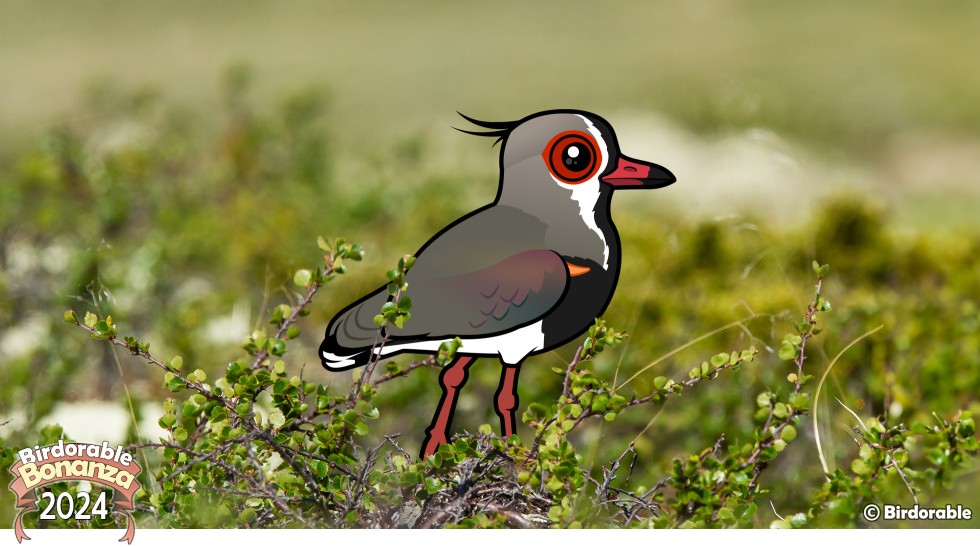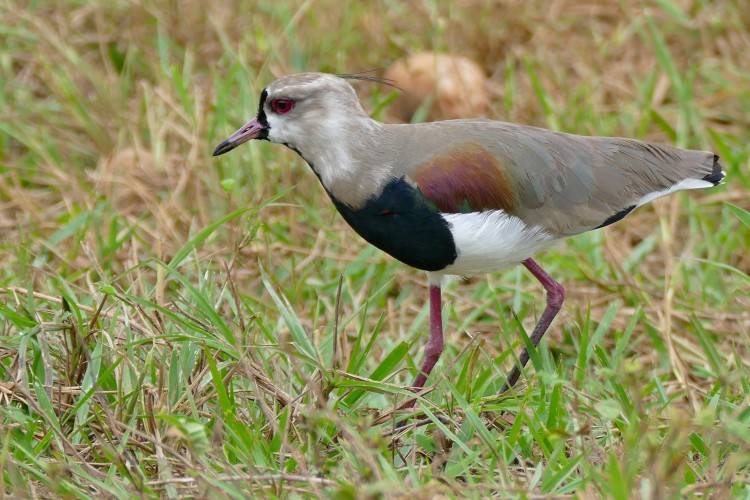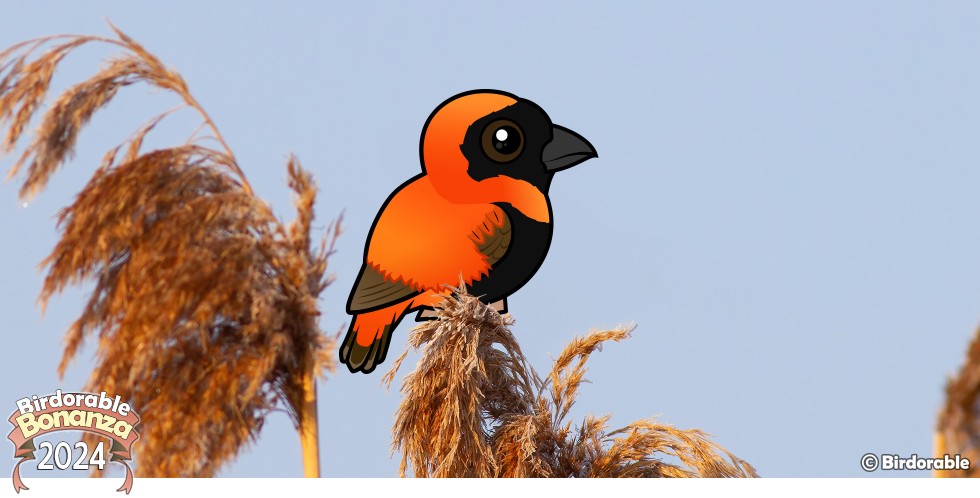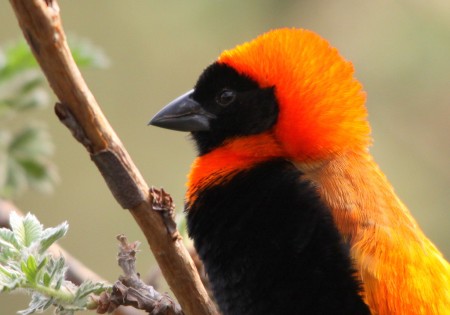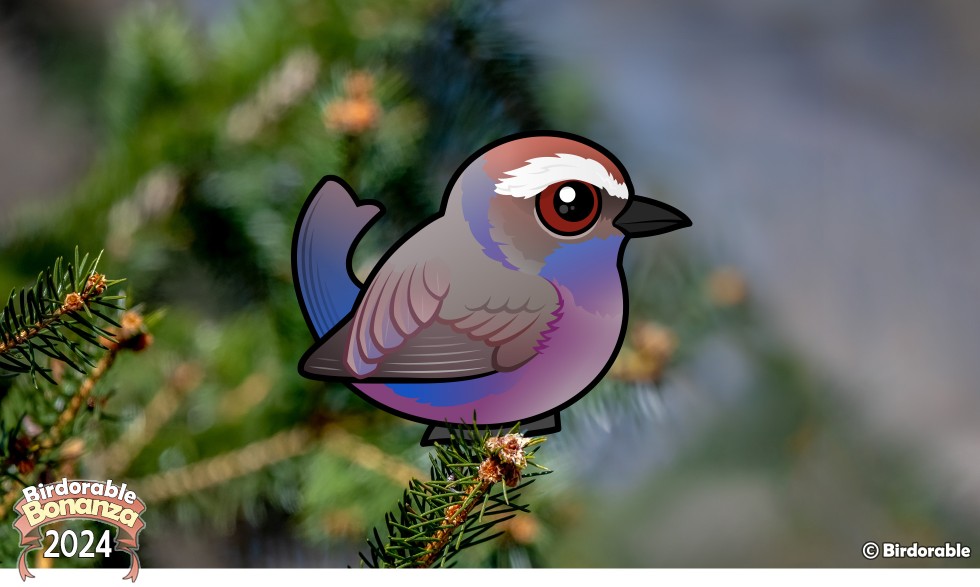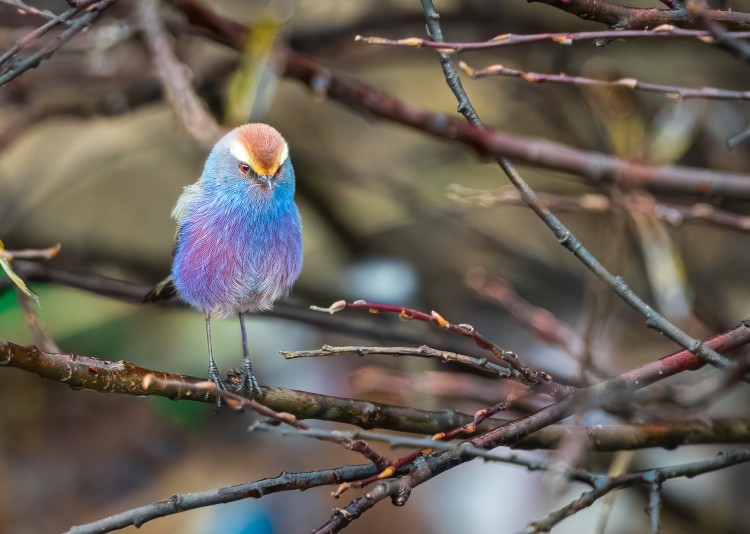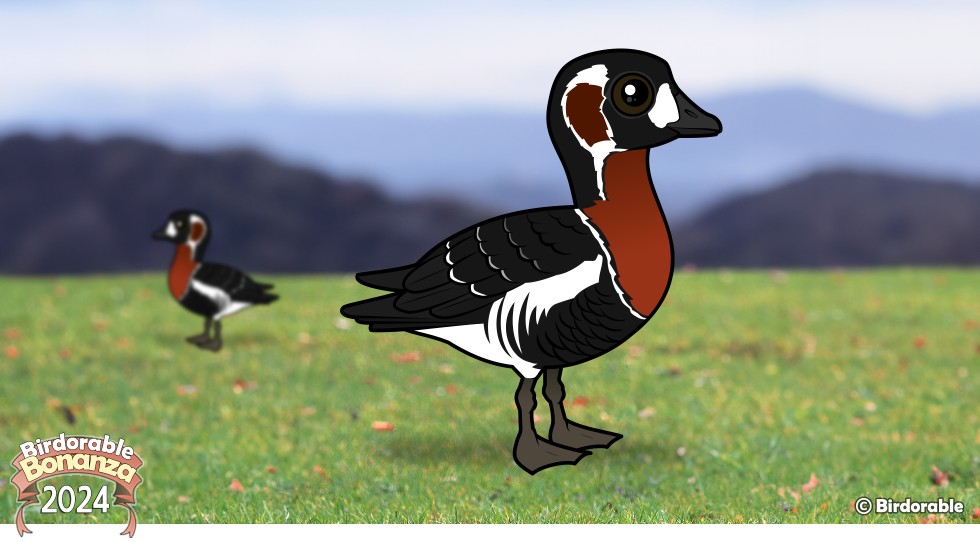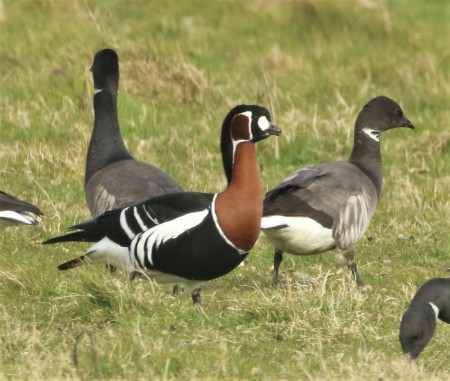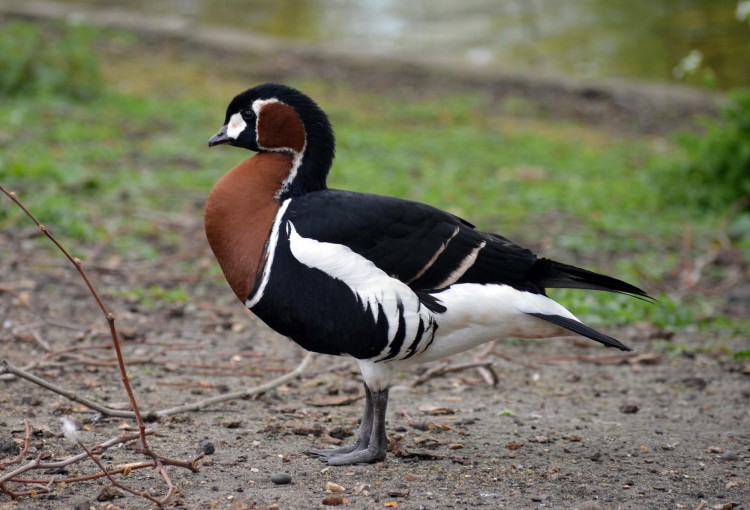2024 Birdorable Bonanza Bird #5
Meet the Bridled Titmouse: A Woodland Charmer
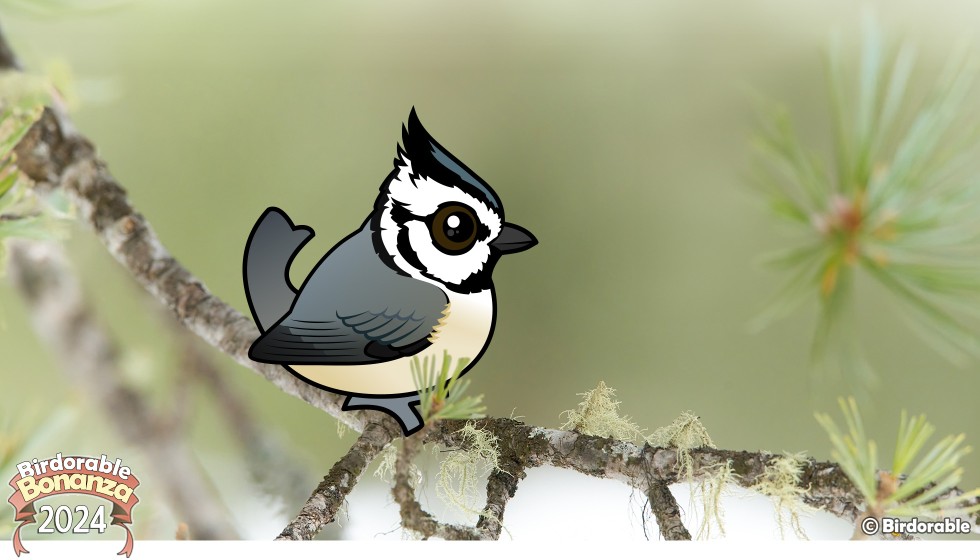
Today's new Birdorable and our latest Bonanza bird is the boldly crested Bridled Titmouse of the southwestern United States and mountainous northern Mexico.
The Bridled Titmouse is a charming little songbird native to the woodlands of the southwestern United States and Mexico. With its striking black-and-white facial markings, perky crest, and lively behavior, this bird is a favorite among birdwatchers and nature enthusiasts.
Small but spirited, the Bridled Titmouse measures just about 4.5 to 5 inches in length. Its most distinctive feature is its bold black-and-white facial pattern, which resembles a bridle, giving the species its name. It also has a jaunty black crest, gray back, and pale belly. This unique appearance sets it apart from other titmouse species.
The Bridled Titmouse inhabits oak and pine-oak woodlands, often at elevations ranging from 1,800 to 2,200 meters. It’s a year-round resident within its range, frequently seen flitting through trees in search of food. Like many other members of the titmouse family, this bird is inquisitive and active, often hanging upside-down on branches as it forages.
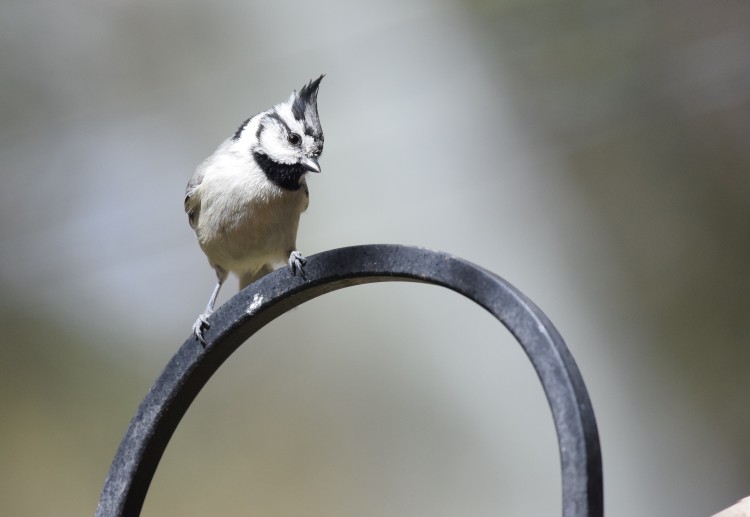
Bridled Titmouse by Andy Reago & Chrissy McClarren [CC BY 2.0]
The diet of the Bridled Titmouse primarily consists of insects, seeds, and nuts. Insects make up a significant portion of their diet during the breeding season when protein is essential for raising chicks. They are adept at probing bark and leaves for hidden insects, often searching in mixed-species flocks alongside woodpeckers and nuthatches.
During the breeding season, which begins in spring, Bridled Titmice pair up to build their nests in tree cavities or nest boxes. They line these cavities with soft materials such as fur, feathers, and plant fibers to create a cozy home for their eggs. Females lay 5-7 eggs, which they incubate while males bring food to the nest. Once the chicks hatch, both parents share the task of feeding and protecting the young.
Despite their relatively small range, Bridled Titmice are not considered threatened. However, habitat loss due to deforestation and urban development poses challenges to their long-term survival. Maintaining healthy woodland ecosystems is crucial for supporting these birds and the diverse array of species that share their habitat.
The Bridled Titmouse is not only beautiful but also a joy to watch, with its lively antics and endearing curiosity. If you’re exploring southwestern woodlands, keep an eye out for this striking little bird—you might just hear its cheerful calls before you see it!
Birdorable Bridled Titmouse Apparel & Gifts
Tomorrow we'll add a chunky gull to Birdorable! This bird is named for the general region in which it is found, and is known for its large size and particularly heavy bill. Can you guess the species?











